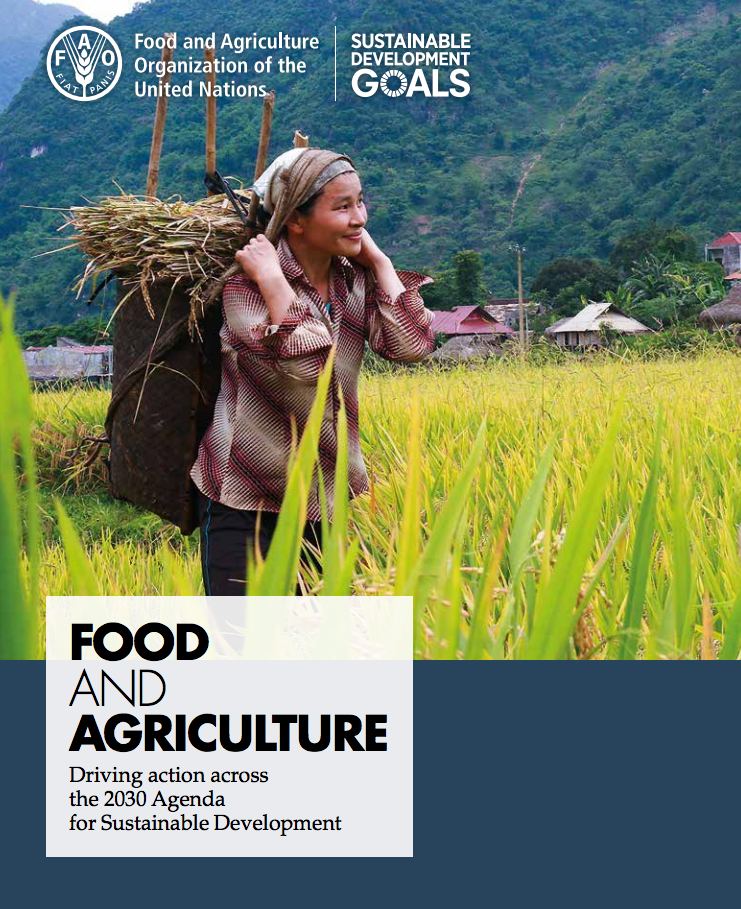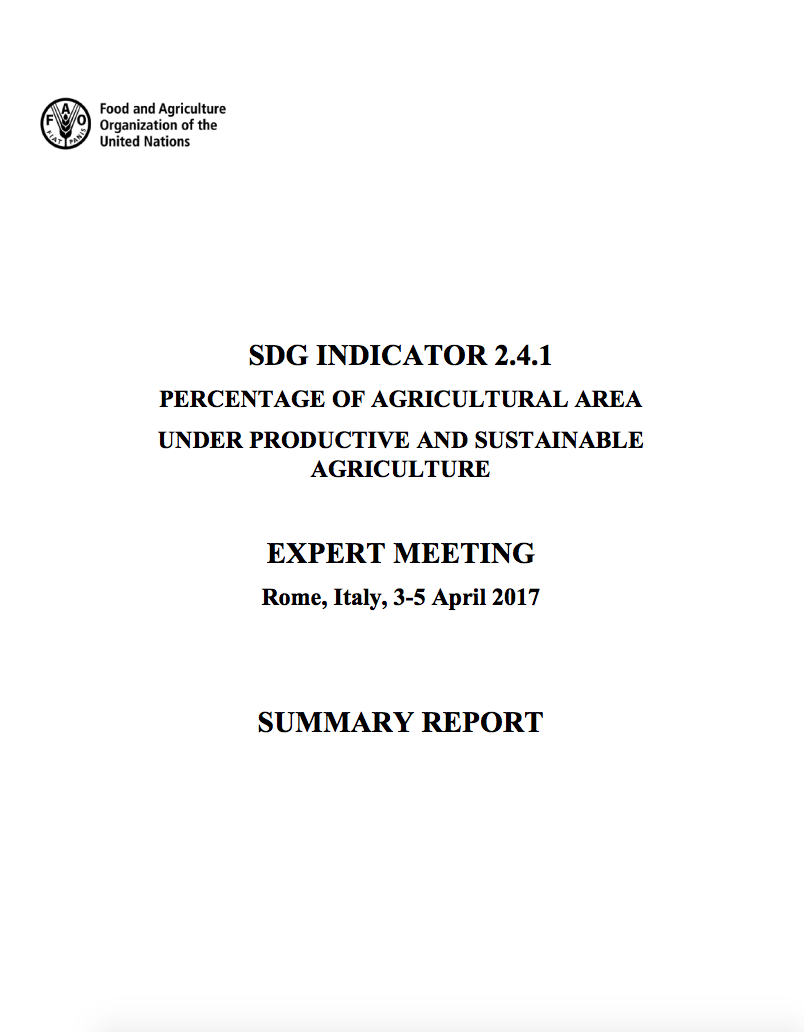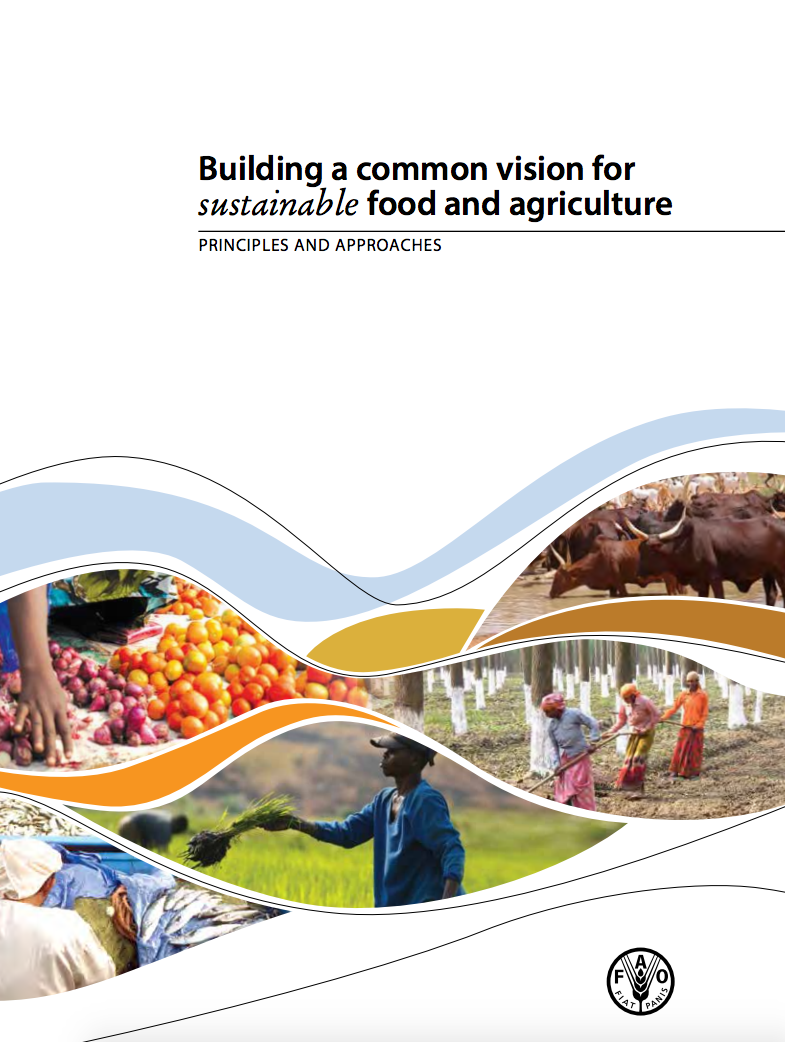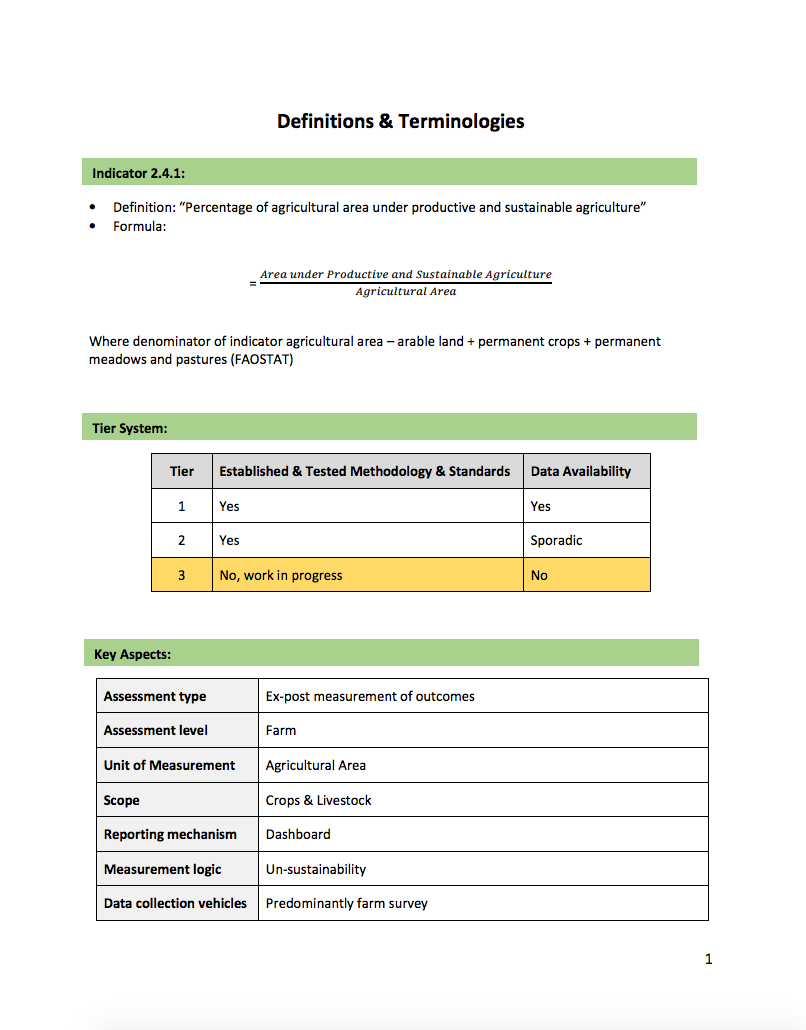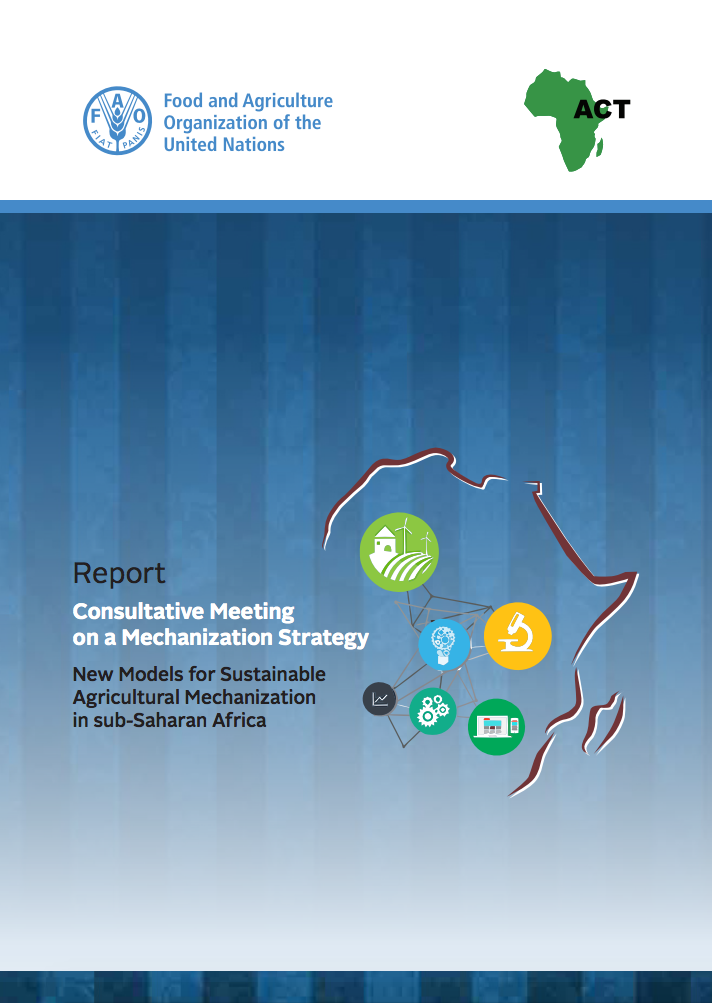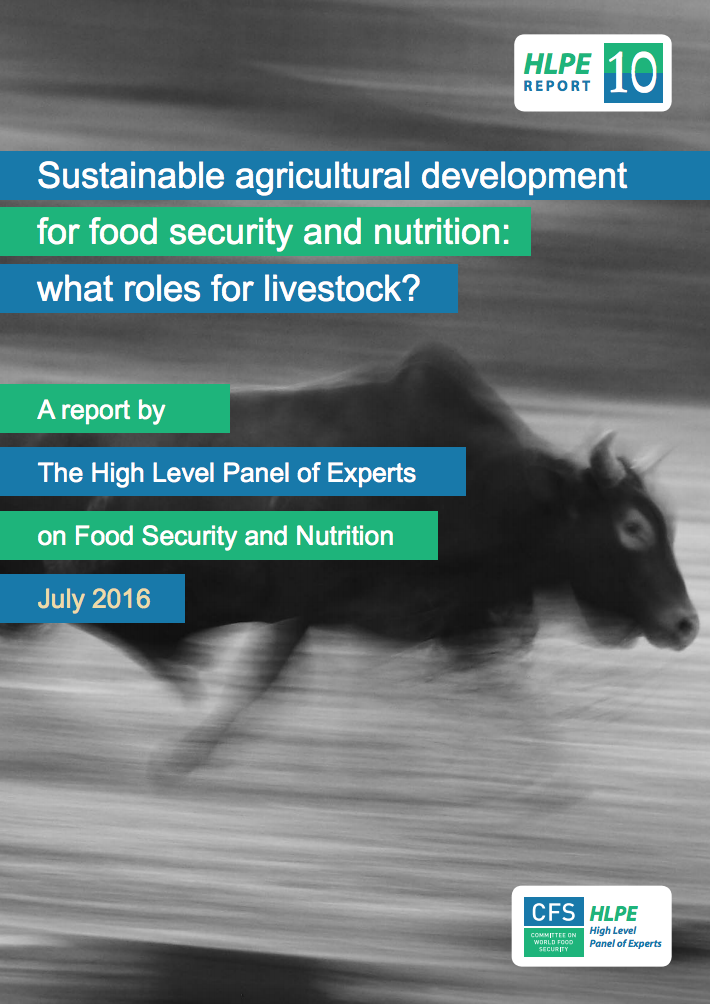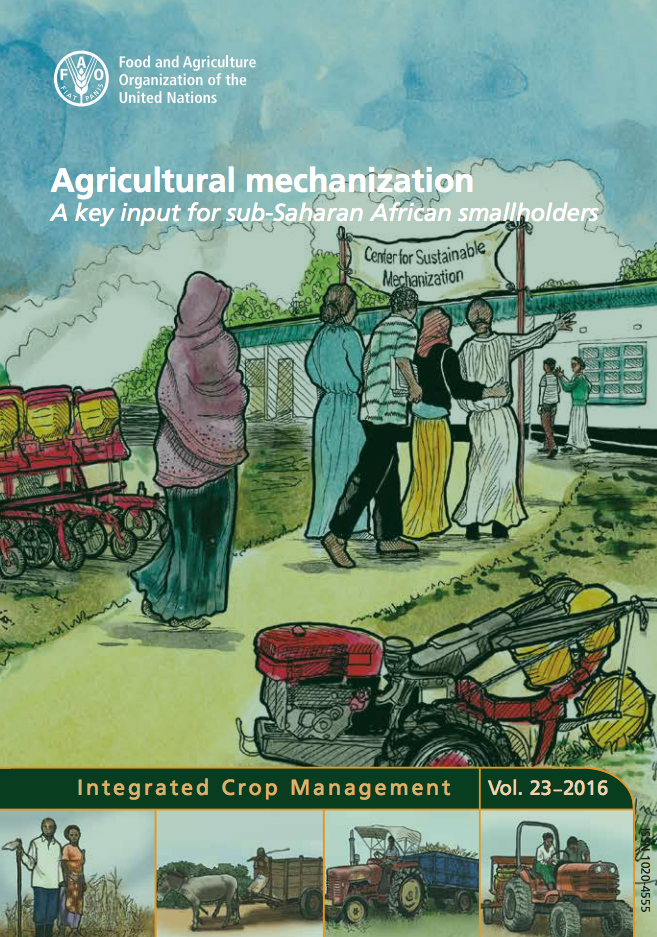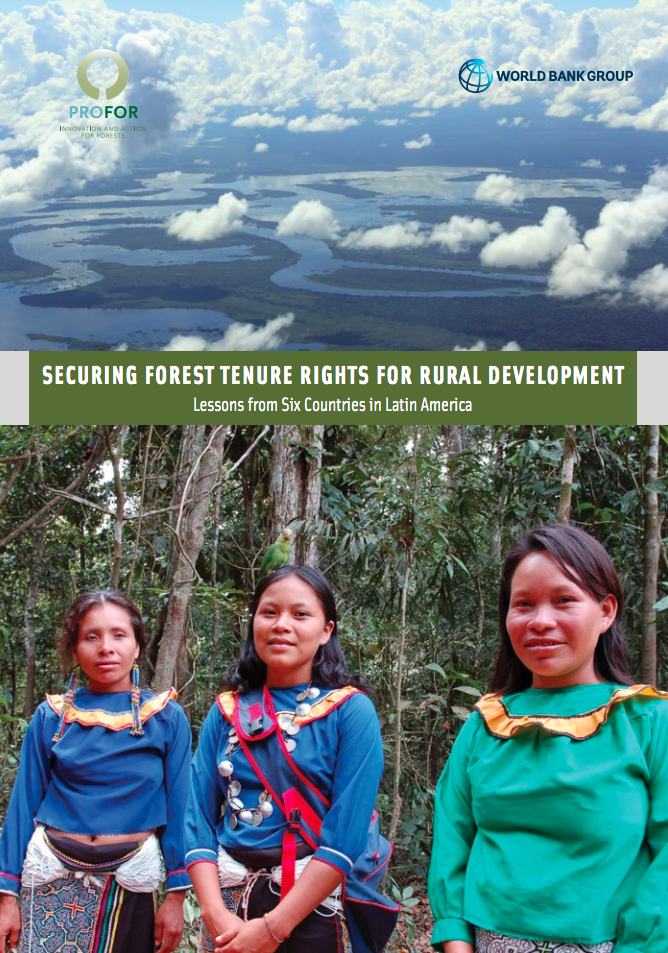Fate of airborne metal pollution in soils as related to agricultural management: 2. Assessing the role of biological activity in micro-scale Zn and Pb distributions in A, B and C horizons
This work assesses relationships between characteristic aggregate microstructures related to biological activity in soils under different long-term land use and the distribution and extractability of metal pollutants. We selected two neighbouring soils contaminated with comparable metal loads by past atmospheric deposition. Currently, these soils contain similar stocks, but different distributions of zinc (Zn) and lead (Pb) concentrations with depth.


